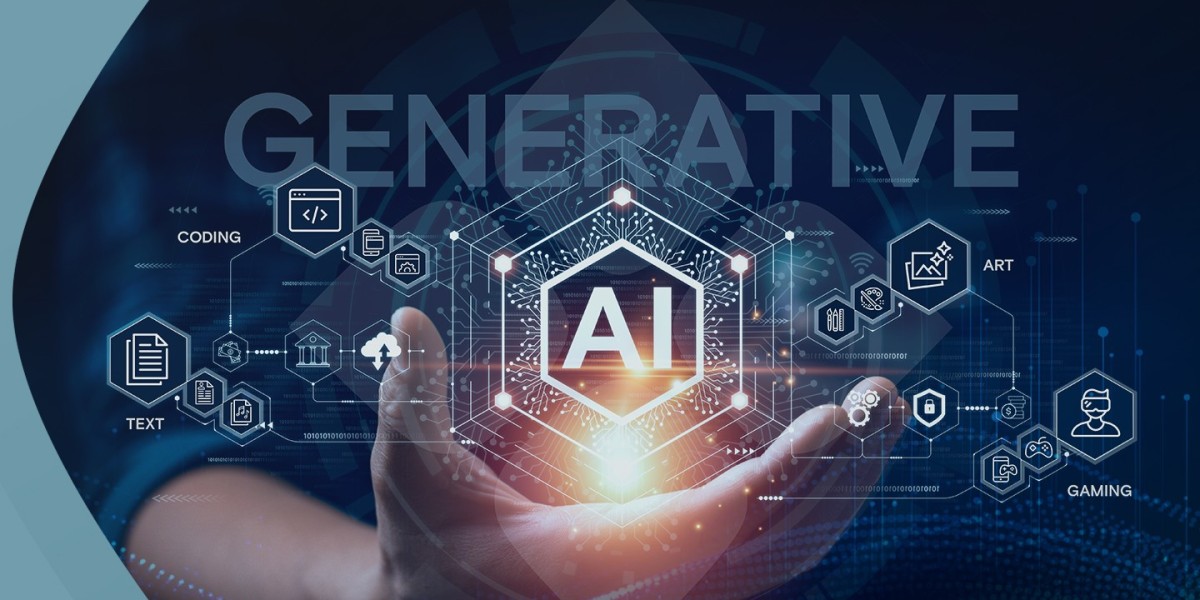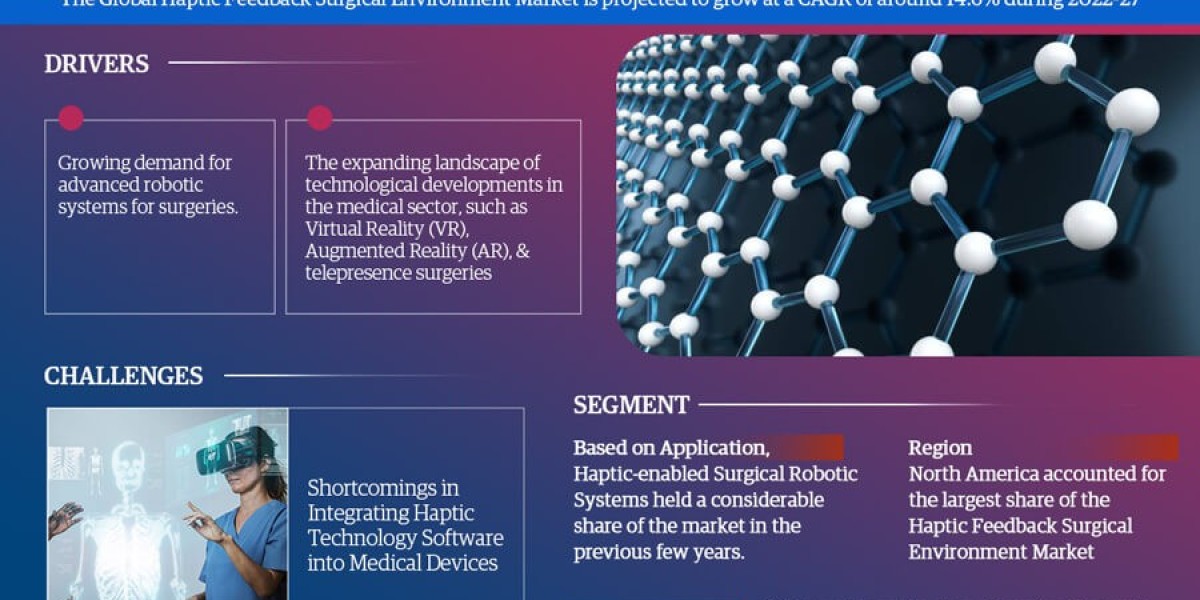Sports injuries can have a significant impact on athletes' careers, physical well-being, and overall performance. As the field of sports science evolves, innovative technologies are emerging to address this challenge. Generative Artificial Intelligence (AI) has emerged as a game-changer in sports injury prevention. By leveraging advanced algorithms, data analysis, and predictive modeling, Generative AI is shaping the landscape of sports medicine and revolutionizing how athletes are safeguarded from injuries. In this blog, we delve into how Generative AI services are transforming sports injury prevention, enhancing athletes' performance, and changing the game.
Understanding Generative AI in Sports Injury Prevention
Generative AI involves the use of machine learning algorithms to create new data based on patterns and examples from existing datasets. In the context of sports injury prevention, Generative AI analyzes a multitude of factors, including athletes' performance data, biomechanics, medical history, and more. By synthesizing this information, Generative AI develops predictive models that can anticipate potential injuries and recommend personalized prevention strategies.
Personalized Training and Conditioning
Every athlete has unique physical characteristics, strengths, weaknesses, and injury risk factors. Generative AI plays a pivotal role in tailoring training and conditioning programs to each athlete's individual needs. By analyzing data from various sources, such as wearable devices, training logs, and medical records, Generative AI can design personalized routines that optimize performance while minimizing the risk of injuries.
Identifying Biomechanical Anomalies
Biomechanics, the study of human movement and its impact on the body, is a crucial aspect of sports injury prevention. Generative AI can analyze intricate biomechanical data from motion sensors, cameras, and other tracking devices to identify anomalies in athletes' movements. By pinpointing deviations from optimal biomechanics, coaches and medical staff can intervene early to correct technique and prevent potential injuries.
Injury Risk Assessment and Prediction
Generative AI models excel in recognizing patterns that may not be evident to the naked eye. By analyzing a combination of factors, such as an athlete's history of injuries, workload, fatigue levels, and external conditions, AI can generate accurate predictions of potential injury risks. This proactive approach enables medical teams to implement preventive measures and adjustments in training to mitigate the risk.
Real-Time Monitoring and Feedback
Injury prevention is not limited to training sessions; it extends to real-time monitoring during competitions and practice. Generative AI-powered wearable devices can continuously monitor athletes' physiological indicators, such as heart rate, muscle activity, and fatigue levels. If the data indicates signs of overexertion or increased injury risk, coaches and medical staff can receive immediate alerts and provide timely interventions.
Rehabilitation and Recovery Optimization
When injuries do occur, Generative AI can still play a crucial role in the recovery process. AI-powered rehabilitation programs can offer personalized exercises and protocols based on an athlete's injury type, severity, and progress. By continuously adapting to an athlete's condition, Generative AI ensures that the rehabilitation journey is efficient, effective, and minimizes the risk of reinjury.
Data-Driven Decision Making
Generative AI is all about data analysis and informed decision-making. Coaches, medical staff, and athletes themselves can make evidence-based choices about training intensity, rest periods, and other factors that affect injury risk. By relying on data-backed insights, athletes can optimize their performance while maintaining their physical well-being.
Shaping the Future of Sports Medicine
As Generative AI continues to evolve, the future of sports medicine looks promising. With more data collected from various sources, including wearables, medical records, and performance metrics, AI models will become increasingly accurate in predicting and preventing injuries. This could result in a paradigm shift where athletes and coaches proactively work with AI systems to optimize performance and maintain long-term health.
Conclusion
Generative AI is transforming sports injury prevention from a reactive approach to a proactive and personalized strategy. By leveraging advanced data analysis, predictive modeling, and real-time monitoring, athletes can receive the guidance and support needed to excel in their sports while minimizing the risk of injuries. The fusion of cutting-edge technology and sports science is ushering in a new era where athletes can push their boundaries safely and maintain their peak performance levels.
As the field of Generative AI in sports injury prevention continues to expand, athletes, coaches, and medical professionals will witness a remarkable shift in how injuries are prevented and managed. The symbiotic relationship between human expertise and AI-driven insights will not only enhance athletes' careers but also contribute to the overall advancement of sports medicine. With Generative AI by their side, athletes can look forward to a future where performance and safety go hand in hand, shaping a new standard of excellence in the world of sports.








